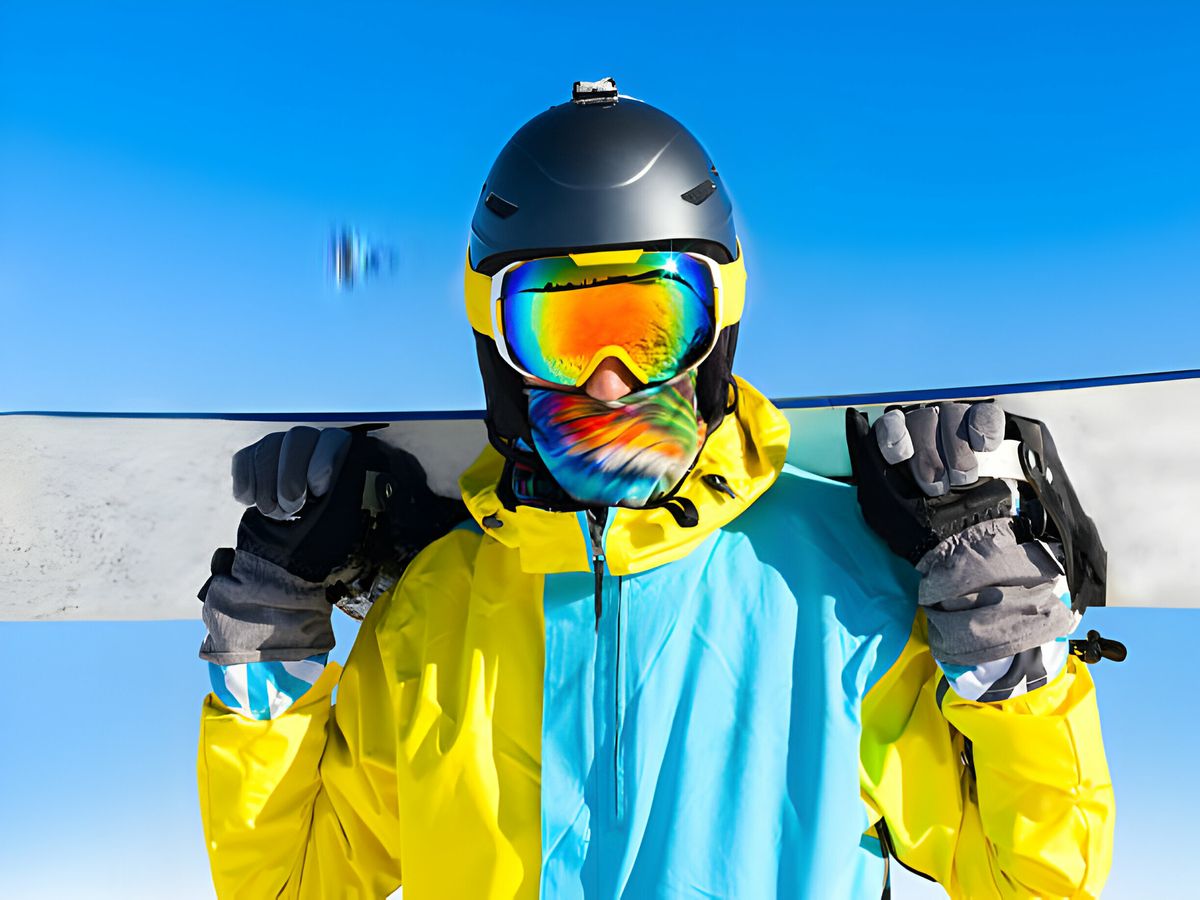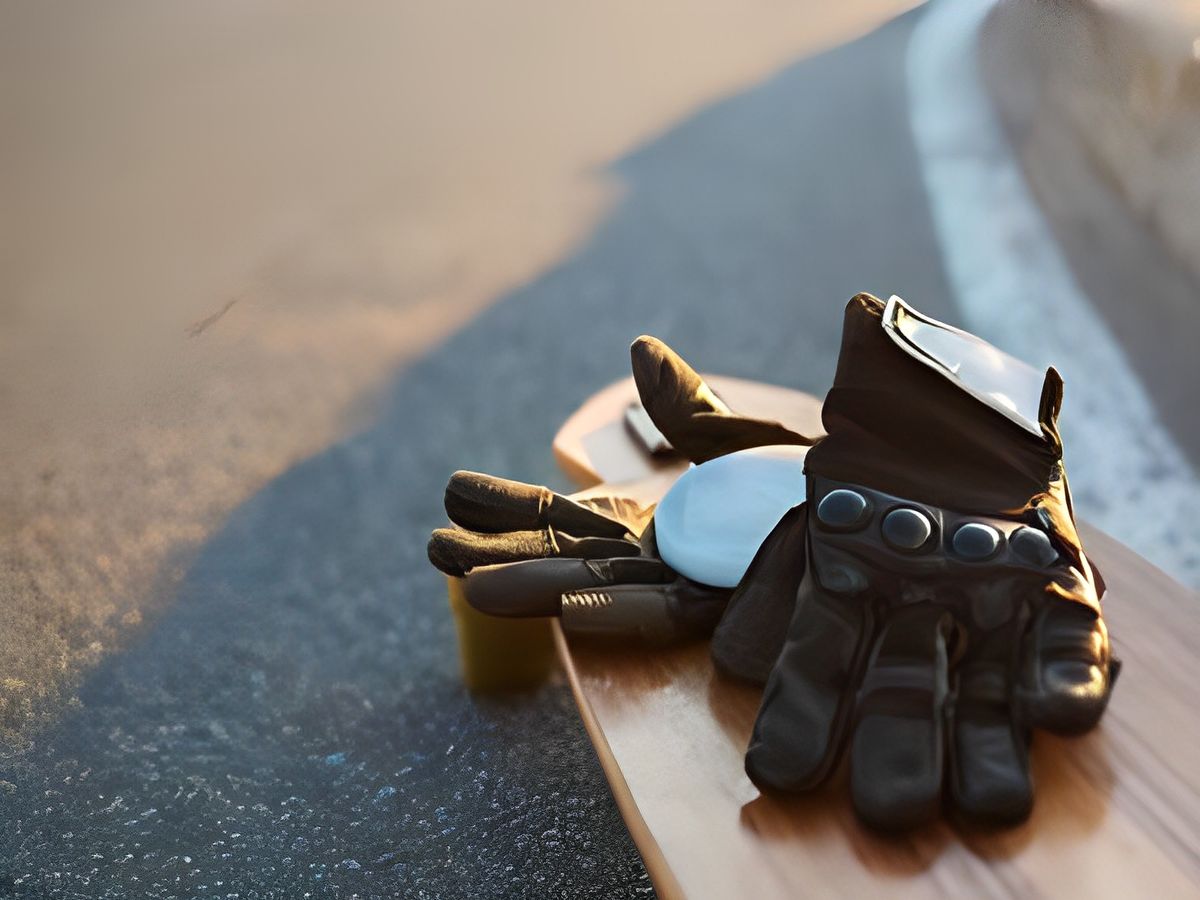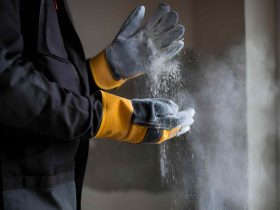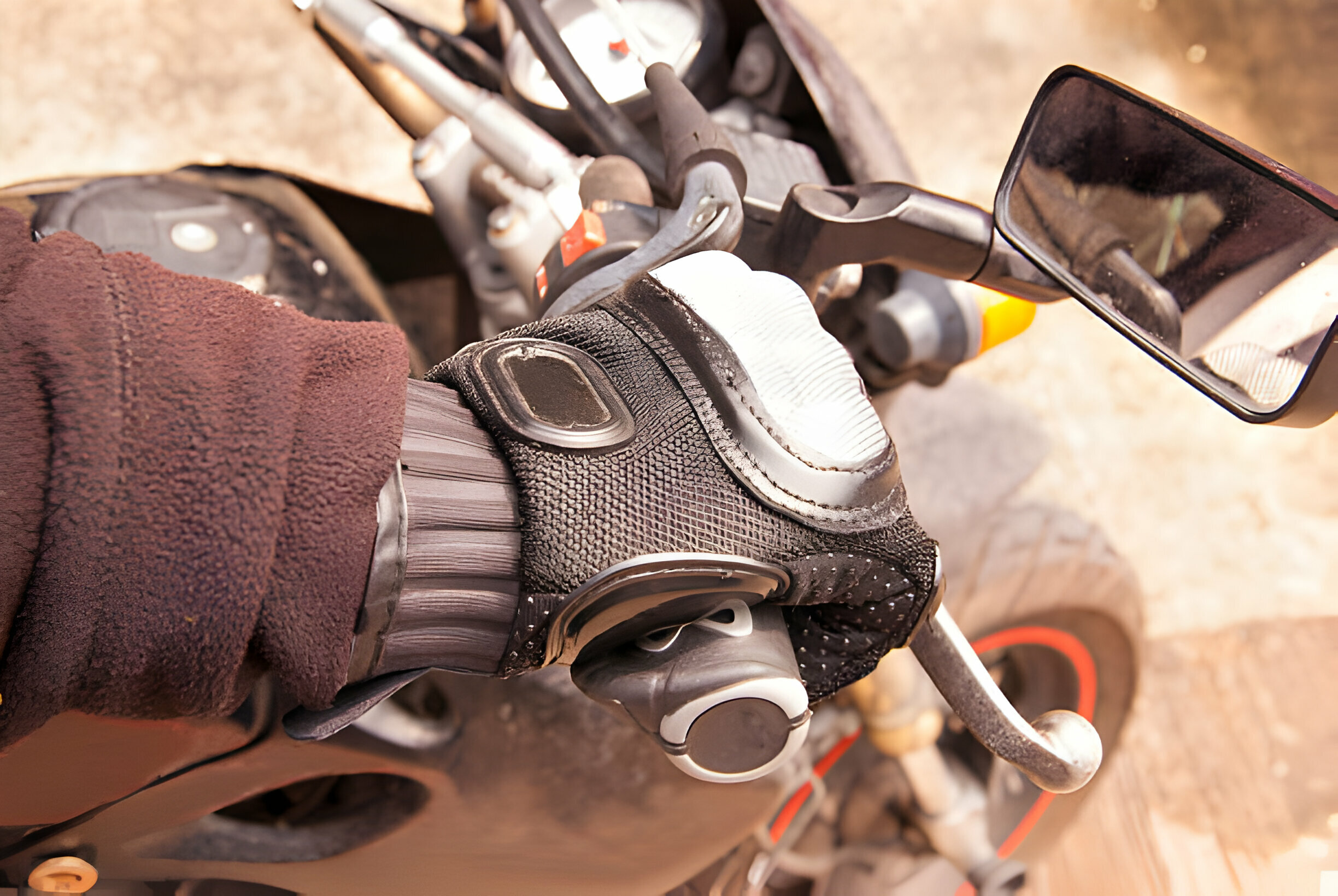The importance of snowboard gloves
Snowboard gloves are crucial gear for anyone hitting the slopes. They play a key role in keeping your hands warm, dry, and protected while you’re out enjoying the snow. Not only do they shield your hands from the cold, but they also provide essential grip and dexterity for controlling your snowboard. Without the right gloves, your fingers can quickly become numb, making it difficult to maneuver and enjoy your ride. So, investing in a good pair of snowboarding gloves is worth it to ensure a comfortable and enjoyable snowboarding experience.
Different types of snowboarding gloves are available
When it comes to snowboarding gloves, there’s a variety of options to choose from to suit different preferences and needs. You have traditional insulated gloves that offer warmth and protection in cold conditions. Then there are waterproof gloves that keep your hands dry even in wet snow. For those seeking maximum dexterity, there are also glove liners or glove systems that allow you to customize your level of warmth and flexibility. Additionally, you’ll find gloves with various features like touchscreen compatibility, wrist straps, and adjustable cuffs, catering to the specific demands of snowboarding.
Preview of the article’s content
In this article, we’ll delve deeper into the importance of snowboard gloves and explore the different types available on the market. We’ll discuss the key features to look for when choosing the right pair of gloves and provide tips on how to properly care for them to ensure longevity and optimal performance. Whether you’re a seasoned snowboarder or hitting the slopes for the first time, understanding the role of snowboarding gloves and selecting the right pair can make a significant difference in your overall snowboarding experience. So, let’s dive in and discover everything you need to know about this essential piece of snowboarding gear.
Types of Snowboard Gloves
Standard Snowboarding Gloves
Description and features
Standard snowboard gloves are designed to provide insulation, protection, and dexterity for snowboarders. They typically feature insulation materials like Thinsulate or synthetic fibers to keep hands warm in cold conditions. The outer shell is often made of waterproof and breathable materials like Gore-Tex to keep hands dry while allowing moisture to escape. These gloves usually have a grippy palm and fingers to enhance grip on the snowboard and other equipment. They may also include features like adjustable cuffs, wrist straps, and touchscreen compatibility.
Advantages and disadvantages
Advantages
- Good insulation and warmth in cold weather.
- Protects against snow, wind, and abrasions.
- Offers decent grip and dexterity for controlling the snowboard.
- Available in a wide range of styles and price points to suit different preferences and budgets.
Disadvantages
- May lack specialized features like wrist guards or touchscreen compatibility found in other types of gloves.
- Some designs may sacrifice dexterity for warmth, making it harder to perform intricate maneuvers.
- Can be bulky and restrict movement, particularly in more extreme conditions or for advanced riders seeking maximum performance.
Snowboarding Gloves with Wrist Guards
Explanation of wrist guards and their benefits
Snowboarding gloves with wrist guards incorporate protective inserts or splints around the wrist area to help prevent injuries like sprains or fractures during falls. These guards provide added support and stability to the wrist joint, reducing the risk of hyperextension or hyperflexion upon impact. They are particularly beneficial for beginners or riders recovering from wrist injuries, as they offer an extra layer of protection without compromising comfort or mobility.
Comparison with standard gloves
Compared to standard snowboard gloves, those with wrist guards offer enhanced protection for the wrists, which can be especially valuable for individuals prone to injuries or those learning new tricks. While standard gloves focus primarily on insulation, grip, and dexterity, gloves with wrist guards prioritize injury prevention. However, they may be slightly bulkier and less flexible than traditional gloves due to the additional protective padding around the wrist area. Ultimately, the choice between standard gloves and gloves with wrist guards depends on the rider’s priorities and risk tolerance.
Gender-Specific Gloves for Snowboarding
Snowboard Gloves Mens
Features and Considerations
Mens snowboard gloves are tailored to fit the larger hands and wrists typically found in men. They often have a roomier fit and may feature slightly different designs and color schemes compared to womens gloves. Additionally, snowboard gloves mens may offer extended wrist coverage for added warmth and protection.
Womens Snowboard Gloves
Features and Considerations
Womens snowboard gloves are designed with the smaller hands and narrower wrists of women in mind. They typically have a more contoured fit and may feature softer materials for added comfort. Womens gloves often come in a wider range of colors and patterns to cater to different style preferences. Additionally, some women’s gloves may offer specific features like built-in hand warmers or touchscreen compatibility tailored to the needs of female riders.
Factors to Consider When Choosing Snowboard Gloves
Insulation
Insulation in snowboard gloves refers to the materials used to trap heat and keep your hands warm in cold weather. Common insulation materials include Thinsulate, PrimaLoft, and synthetic fibers. These materials work by trapping air between fibers, creating a barrier against the cold while allowing moisture to escape to prevent sweating. The thickness and quality of insulation can vary, with thicker insulation providing more warmth but potentially sacrificing dexterity. When choosing gloves for snowboarding, consider the temperature conditions you’ll be riding in to ensure the right level of insulation for your needs.
Waterproofing
Waterproofing is crucial in snowboard gloves to keep your hands dry and comfortable in wet snow or rainy conditions. Most waterproof gloves use materials like Gore-Tex or other breathable membranes to repel moisture while allowing sweat vapor to escape. Additionally, DWR (Durable water-repellent) coatings are often applied to the outer shell to enhance water resistance. Look for gloves with fully sealed seams and waterproof inserts to ensure maximum protection against moisture. Keep in mind that proper maintenance, such as regular reapplication of DWR treatments, is essential to maintain waterproofing performance over time.
Durability
Durability is essential in snowboard gloves to withstand the rigors of snowboarding, including abrasion from snow, ice, and contact with equipment. High-quality materials like reinforced palms and fingertips, as well as double stitching, contribute to the overall durability of gloves. Additionally, features like wrist straps and adjustable cuffs help prevent wear and tear by keeping the gloves securely in place during intense activity. When assessing durability, consider factors like the quality of materials, construction, and brand reputation to ensure your gloves can withstand multiple seasons of use.
Dexterity and Grip
Dexterity and grip are critical for snowboard gloves to allow riders to maintain control of their snowboard and equipment while performing maneuvers. Gloves with pre-curved fingers and articulated designs offer better flexibility and dexterity, allowing for precise movements. Silicone or rubberized grips on the palms and fingers enhance traction and prevent slippage, especially when handling snowboard bindings or tools. However, it’s essential to strike a balance between warmth and dexterity, as thicker insulation may limit finger mobility.
Ventilation
in snowboard gloves helps regulate temperature and moisture levels to prevent overheating and sweating. Look for gloves with breathable materials and ventilation features like zippered vents or mesh panels. These allow excess heat and moisture to escape during intense activity while still providing insulation and protection. Ventilated gloves are particularly beneficial during warmer weather or high-intensity riding sessions when breathability is essential for comfort and performance.
Fit and Comfort
Fit and comfort are paramount in snowboard gloves to ensure a snug yet comfortable feel that allows for natural movement and flexibility. Gloves should fit securely around the wrist without being too tight or restrictive, while also providing enough room for finger movement and insulation. Adjustable cuffs, wrist straps, and elasticated wristbands help customize the fit and prevent snow from entering the gloves. Additionally, soft and moisture-wicking lining materials like fleece or microfiber enhance comfort and prevent chafing or irritation during prolonged wear. When trying on gloves, pay attention to how they feel when gripping a snowboard or making hand gestures to ensure optimal comfort and performance on the slopes.
Best Snowboard Gloves on the Market
Burton Snowboard Gloves
Review of popular Burton models
Burton is a renowned brand in the snowboarding world, known for its high-quality gear and innovative designs. Some popular Burton snowboard glove models include the Burton Gore-Tex Glove, Burton AK Gore-Tex Guide Glove, and Burton Gore-Tex Under Glove. These gloves are highly rated for their durability, waterproofing, and insulation properties. The Burton Gore-Tex Glove, for example, features a waterproof and breathable Gore-Tex membrane, Thermacore insulation, and a durable outer shell, making it suitable for various weather conditions and riding styles.
Features and Benefits
Burton snowboarding gloves are designed with the needs of snowboarders in mind, offering features like ergonomic pre-curved fingers for improved dexterity, grippy palms for enhanced grip, and adjustable cuffs for a secure fit. Many Burton gloves also come with additional features such as touchscreen compatibility, removable liners, and wrist cinches for added versatility and convenience. The brand’s commitment to quality and performance makes Burton snowboard gloves a popular choice among riders looking for reliable and functional gear.
Other Top Brands
Comparison of Gloves from different brands
In addition to Burton, several other top brands offer quality snowboard gloves, including Dakine, Hestra, and The North Face. Dakine gloves, such as the Dakine Titan Gore-Tex Glove, are known for their durable construction, waterproofing, and insulation. Hestra gloves, like the Hestra Army Leather Heli Ski Glove, are lauded for their premium leather materials, excellent grip, and durability. The North Face offers a range of gloves like the North Face Etip Glove, featuring touchscreen compatibility, insulation, and weatherproofing.
Pros and cons of each brand’s offerings:
- Burton: Pros include innovative designs, durable construction, and a wide range of features. However, some users may find them to be on the pricier side compared to other brands.
- Dakine: Pros include excellent waterproofing, insulation, and durability. However, some users may find the fit to be slightly bulky, impacting dexterity.
- Hestra: Pros include premium leather materials, superior grip, and long-lasting durability. However, they tend to be more expensive than other brands, and the break-in period for leather gloves may be longer.
- The North Face: Pros include versatility, touchscreen compatibility, and a variety of styles to choose from. However, some users may find the insulation to be lacking in extreme cold conditions, and the fit may vary depending on the model.
Ultimately, the best snowboard gloves for you will depend on your personal preferences, riding style, and budget. It’s essential to consider factors like waterproofing, insulation, durability, and fit when choosing the right gloves for your needs.
Tips for Maintaining and Caring for Snowboard Gloves
Cleaning and washing instructions
Keeping your snowboard gloves clean is essential for maintaining their performance and longevity. Here are some general cleaning and washing instructions:
Hand wash: It’s best to hand wash your gloves using a mild detergent or soap and lukewarm water. Avoid using harsh chemicals or bleach, as they can damage the materials.
Spot cleaning: For small stains or dirt buildup, gently spot-clean the affected areas with a soft brush or cloth.
Rinse thoroughly: After washing, rinse the gloves thoroughly to remove any soap residue.
Air dry: Allow the gloves to air dry naturally in a well-ventilated area away from direct heat or sunlight. Avoid using a dryer, as high heat can damage the materials and cause shrinkage.
Reapply DWR: If your gloves have a DWR (Durable Water-repellent) coating, consider reapplying it after washing to maintain waterproofing.
Proper storage techniques
Proper storage is crucial for preserving the shape and integrity of your snowboard gloves during the off-season. Here are some tips for storing your gloves:
Clean and dry: Before storing your gloves, make sure they are clean and completely dry to prevent mold or mildew growth.
Avoid compression: Avoid storing your gloves in a compressed or cramped position, as this can deform the materials and reduce insulation effectiveness. Instead, loosely stuff the gloves with tissue paper or a soft cloth to help them retain their shape.
Store in a cool, dry place: Store your gloves in a cool, dry place away from direct sunlight and moisture. Avoid storing them in a damp basement or garage, as moisture can promote mold growth and deterioration of the materials.
Use a breathable bag: Consider storing your gloves in a breathable fabric bag or pouch to protect them from dust and debris while allowing air circulation.
Check periodically: Periodically check your gloves during the off-season to ensure they remain in good condition. If you notice any signs of damage or deterioration, address them promptly to prevent further issues.
Repairing minor damages
Minor damages to snowboard gloves, such as small tears or loose stitching, can usually be repaired at home with simple tools and materials. Here are some tips for repairing minor damages:
Patching: For small tears or holes in the fabric, use a fabric patch or adhesive tape specifically designed for outdoor gear repair. Apply the patch to the inside of the glove to reinforce the damaged area.
Stitching: If stitching has come loose, carefully resew the seam using a needle and strong thread. Double stitching can provide added durability and reinforcement.
Seal seams: If seams are starting to come apart, apply a waterproof seam sealant to prevent water from seeping through. Be sure to follow the manufacturer’s instructions for proper application.
Reinforcement: For areas of high wear or stress, such as the fingertips or palm, consider reinforcing them with additional layers of fabric or leather patches.
Professional repair: If you’re unsure about repairing the damages yourself or if the damage is extensive, consider taking your gloves to a professional outdoor gear repair shop for expert assistance.
Conclusion
In summary, snowboard gloves are indispensable companions for anyone venturing onto the slopes. Throughout this guide, we’ve emphasized their vital role in maintaining warmth, dryness, and hand protection during snowboarding sessions. From discussing the array of available types, such as standard gloves, those with wrist guards, and gender-specific variations, to dissecting the essential features like insulation, waterproofing, and durability, we’ve provided a comprehensive overview to aid in glove selection. Furthermore, our advice on proper care and maintenance underscores the importance of longevity and peak performance for these critical pieces of equipment.
Ultimately, by prioritizing factors like climate conditions, personal preferences, and budget when selecting snowboard gloves, riders can ensure a comfortable and safe experience on the slopes. Armed with high-quality gear from trusted brands and armed with knowledge of care practices, enthusiasts can confidently tackle winter adventures, whether carving through powder or mastering new tricks. Winter sports offer exhilarating experiences, and with the right gear, snowboarders can fully immerse themselves in the joy of the season, safe in the knowledge that their hands are well-protected and ready for the thrill of the ride.












Leave a Reply